1. Why is the lake treated with Copper Sulfate to control algae growth?
2. What is the clearance under the County Route 28 bridge?
3. Why does the lake water level change?
4. Is there public access to the lake?
5. How do I get to use the County Rt. 28 launch site?
6. Why is membership in the Kinderhook Lake Corporation important?
7. Is the lake treated to control the spread of weeds?
8. What is the law regarding the use of Lawn Fertilizers around the lake?
9. Why is the lake lowered in the winter?
1. Why is the lake treated with Copper Sulfate to control algae growth?
Early in the spring, lake water contains white diatom algae which is good food for small fry. However, as the water warms, several forms of blue-green algae multiply and decrease water clarity. They are not eaten by fish and, if not controlled, can produce an unsightly scum on the surface of the lake. Although the addition of alum to the lake many years ago reduced the input of nutrient phosphorus from the bottom of the lake by about 90%, levels flowing into the lake from the Valatiekill are high enough to feed blue-green algae growth.
WARNING: Copper sulfate, at low levels, kills blue-green algae but may cause skin irritation, so swimming is restricted for 24 hours following the application. Since it also may be toxic to some animals and blocks plant growth, watering of plants and domestic animals is also restricted for 24 hours. To provide control, applications will be performed about every two weeks in June, July and August, depending on weather and water test results. A map of the DEC approved route used to apply copper sulfate can be found HERE..
2. What is the clearance under the County Route 28 bridge?
The average clearance under the bridge is about 5 feet but varies depending on the lake level.
3. Why does the lake water level change?
In the spring, the lake level can rise or fall due to ice and snowmelt. In the summer, the lake level can rise or fall due to rain or lack of rain. As the lake level changes, which could mean thousands of gallons of water, the dam’s sluice gate has to be opened and closed. Unfortunately, the sluice gate is only capable of allowing a limited amount of water thru to regulate the level of the lake, and it takes great quantities of water to lower or raise the level. The sluice gate is closely watched and constantly adjusted, but it may take several days or more to remove or gain water to maintain optimum levels.
4. Is there public access to the lake?
The KLC owns and maintains a member’s launch site adjacent to the dam off County Rt. 28. Access for car-top boats is permitted at no cost to the public, however, parking at the launch is limited to KLC members only.
5. How do I get to use the County Rt. 28 launch site?
Use of the launch (for other than car-top boats) is provided through membership in the KLC and a $15 fee for a key to unlock the launch gate. Please note that parking at the launch is limited to KLC members only.
6. Why is membership in the Kinderhook Lake Corporation important?
Please see the KLC Membership page for all the reasons why it is important to support the KLC.
7. Is the lake treated to control the spread of weeds?
The KLC does NOT treat the lake to control weed growth. With the water clarity at only 3’-5’ below the surface, little nutrient sunlight can feed the weeds and, therefore, fewer weeds are able to grow. Deep frost over the winter months kills many of the weeds (mostly Eurasian milfoil) in areas exposed by the winter drawdown. The KLC owns and operates an Eco-Harvester, a unique aquatic weed harvester that has the ability to harvest weeds along with their roots. In accordance with a yearly DEC permit, the harvester is used throughout the summer to remove various native and invasive weeds that interfere with boating and other recreational activities. The KLC also sponsors a volunteer water chestnut hand-pulling event each spring in an effort to reduce the spread of this aquatic invasive species.
8. What is the law regarding the use of Lawn Fertilizers around the lake?
Effective January 1, 2012, the NYS Department of Environmental Conservation posted a new law regarding the use of lawn fertilizers and published the FAQ for Lawn Fertilizer. In a nutshell, the new law prohibits the use of lawn fertilizers that contain phosphorus except when a new lawn is being established or a soil test has indicated a need for additional phosphorus. Specific to the lake, no fertilizers may be applied within twenty feet (20’) of the water, except where a ten foot (10’) wide vegetative buffer exists or the fertilizer is applied using a spreader guard/deflector shield or drop spreader three feet (3’) from the water. Please follow the link above to find out additional information.
9. Why is the lake lowered in the winter?
In mid-October, the KLC lowers the level of the Lake, as approved by DEC, to protect shoreline areas and docks from damage during snow and ice thaw. The drawdown also permits time for shore-line maintenance and inhibits shore-line weed growth. The Lake is again raised to summer level shortly after ice-out in the spring.


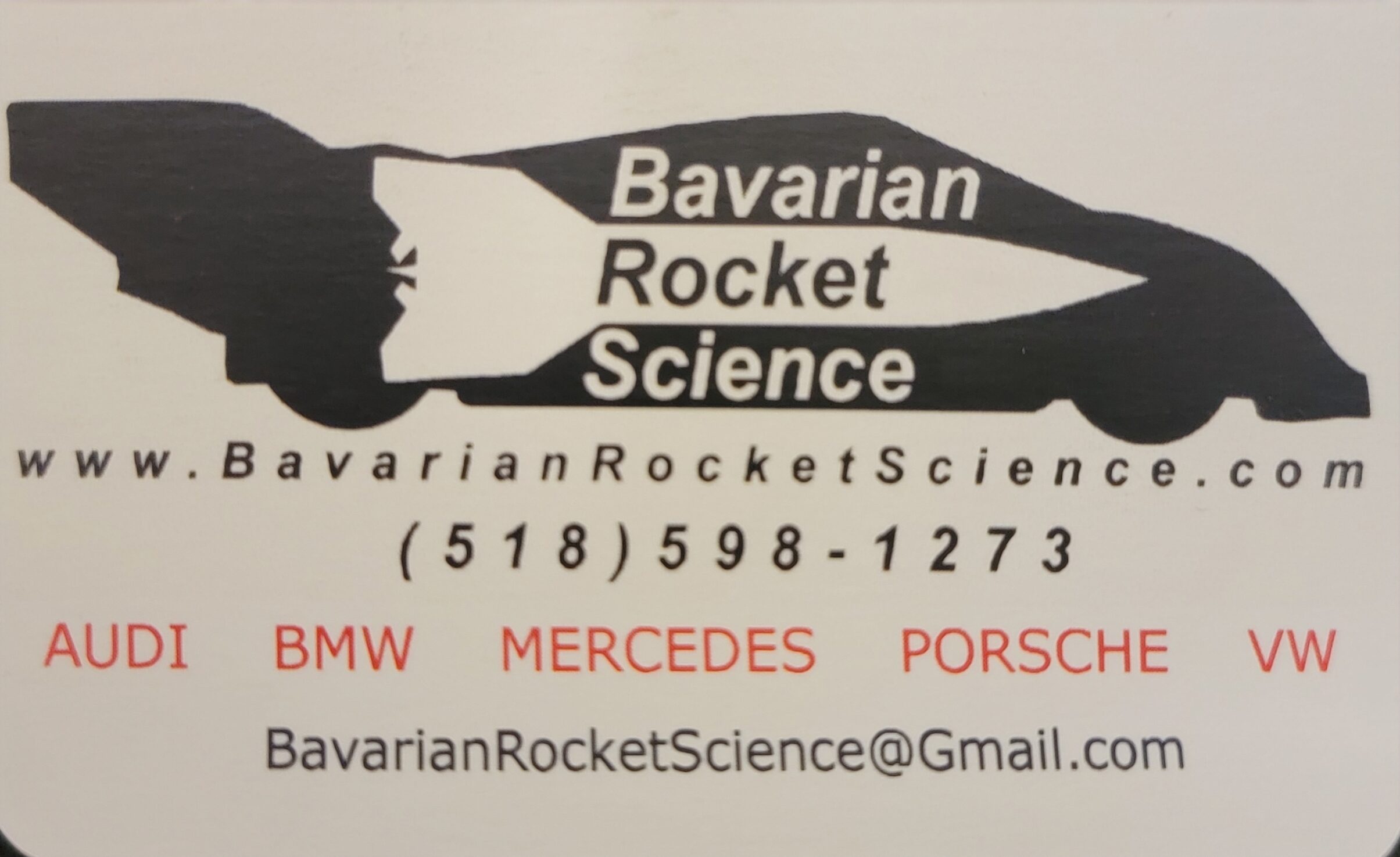
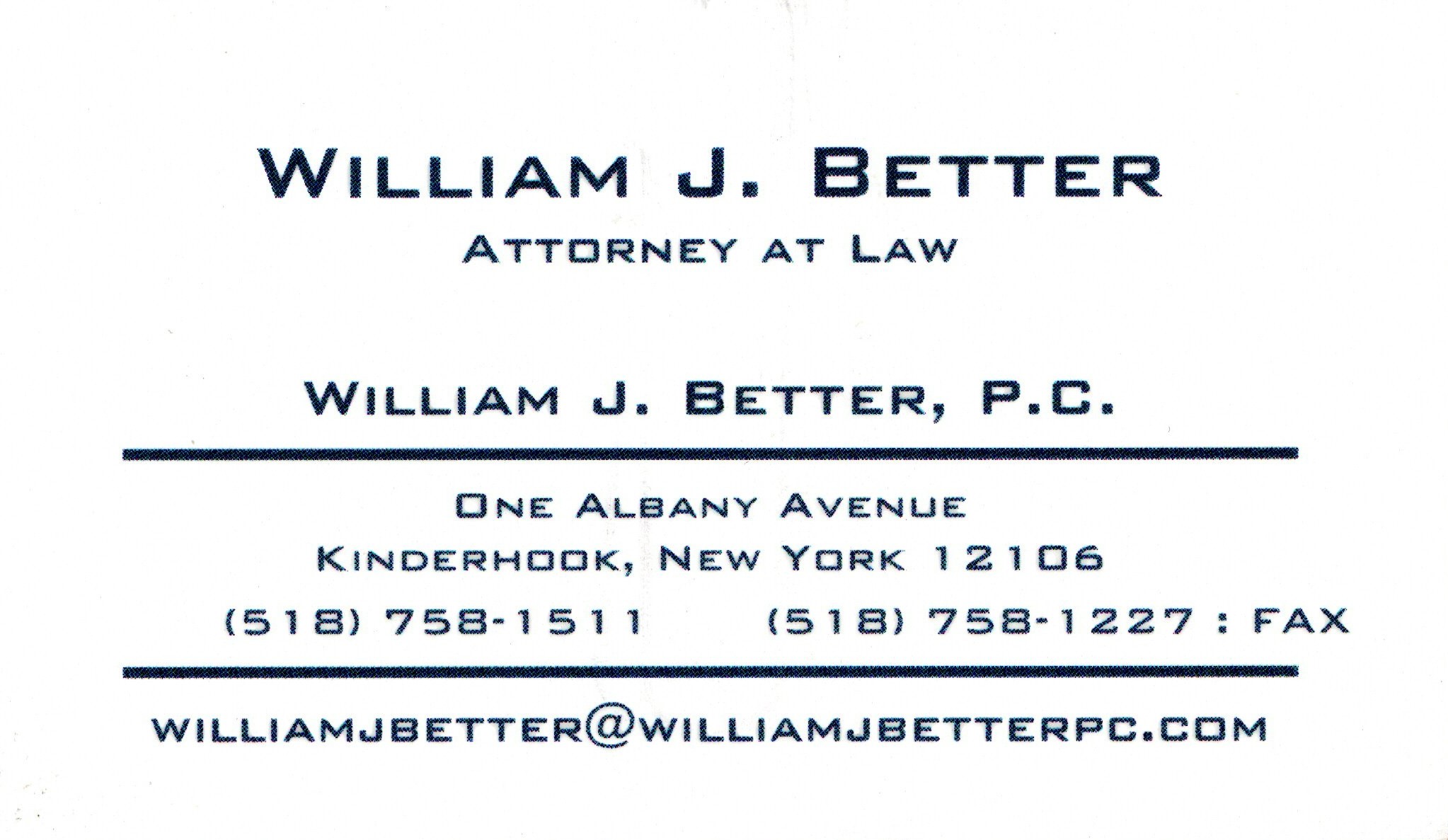
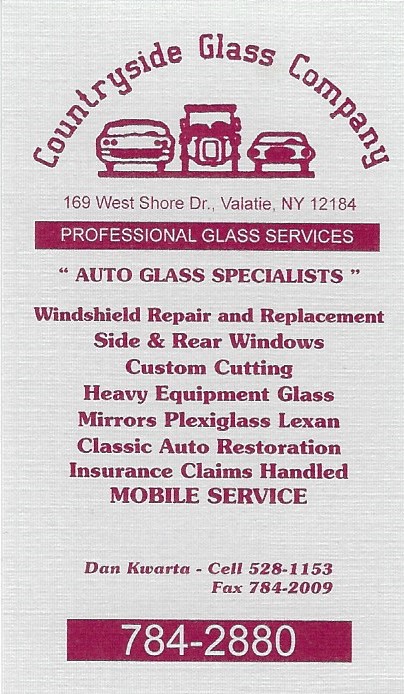
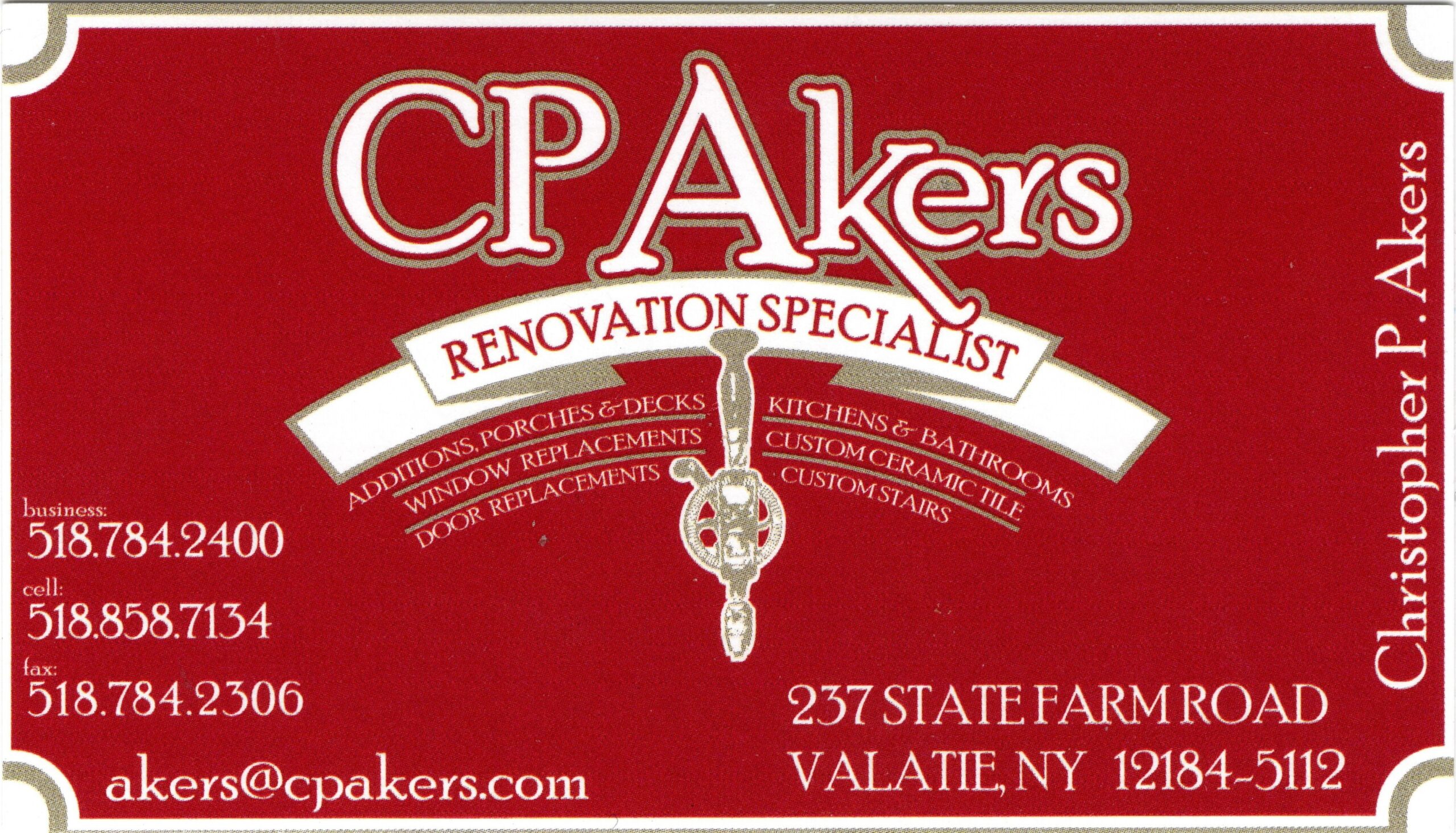
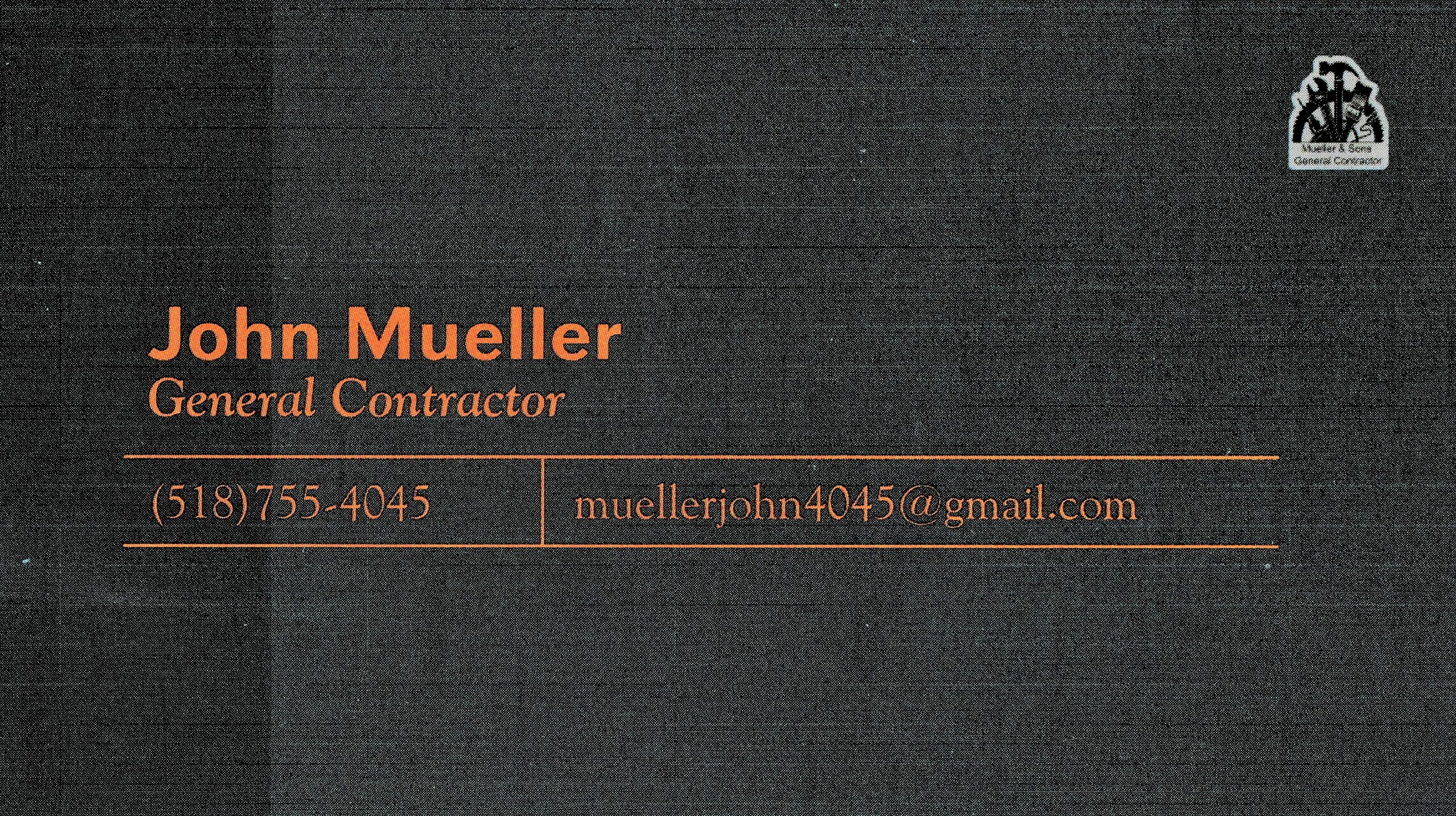
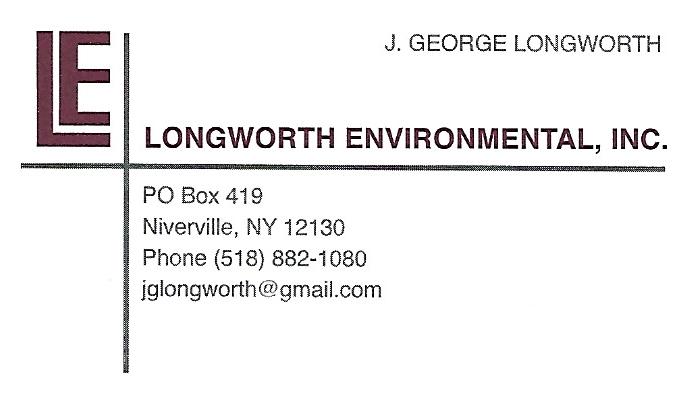
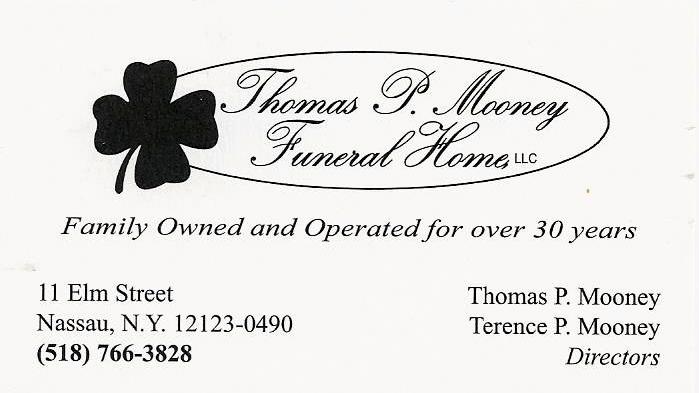


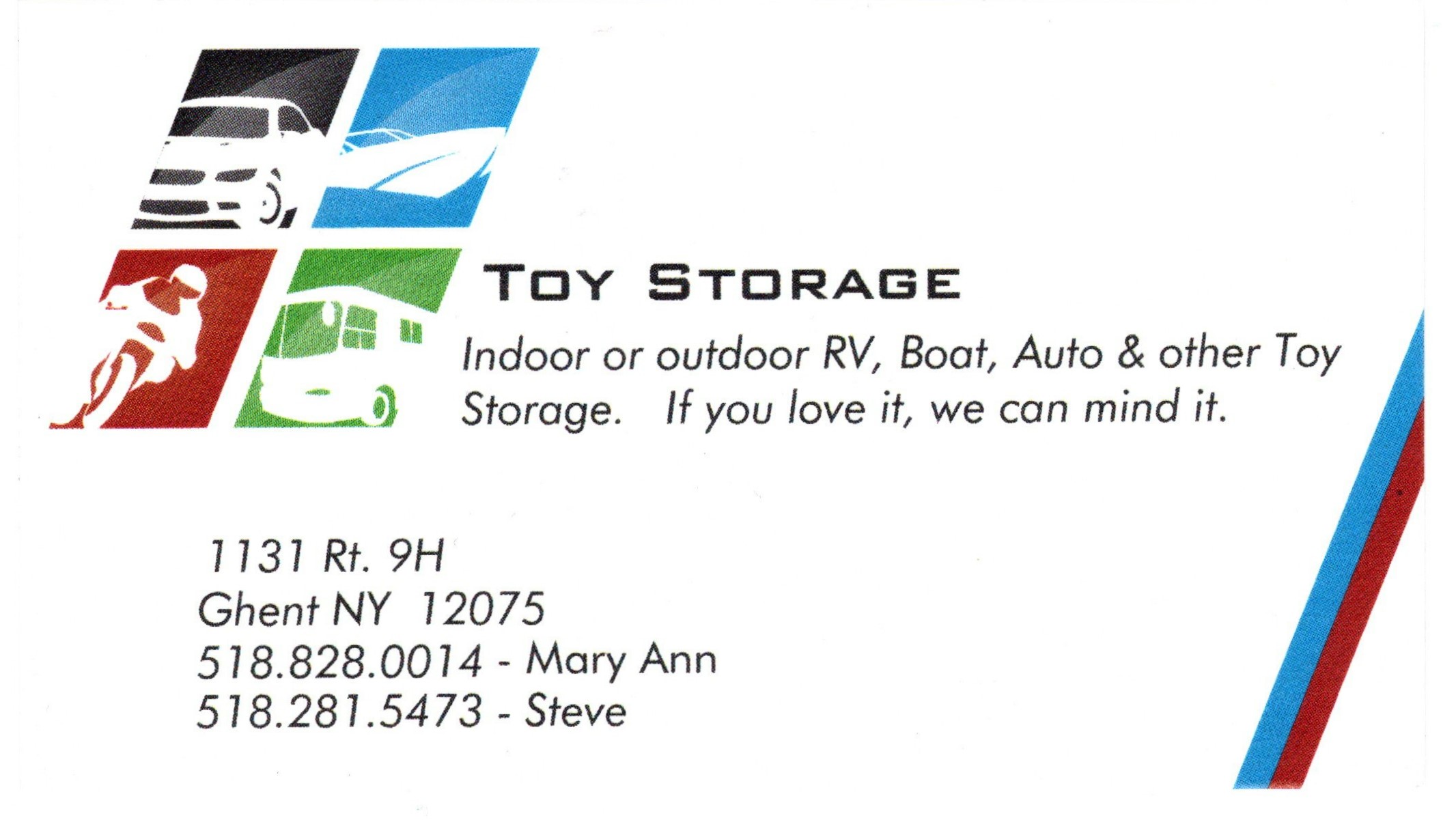

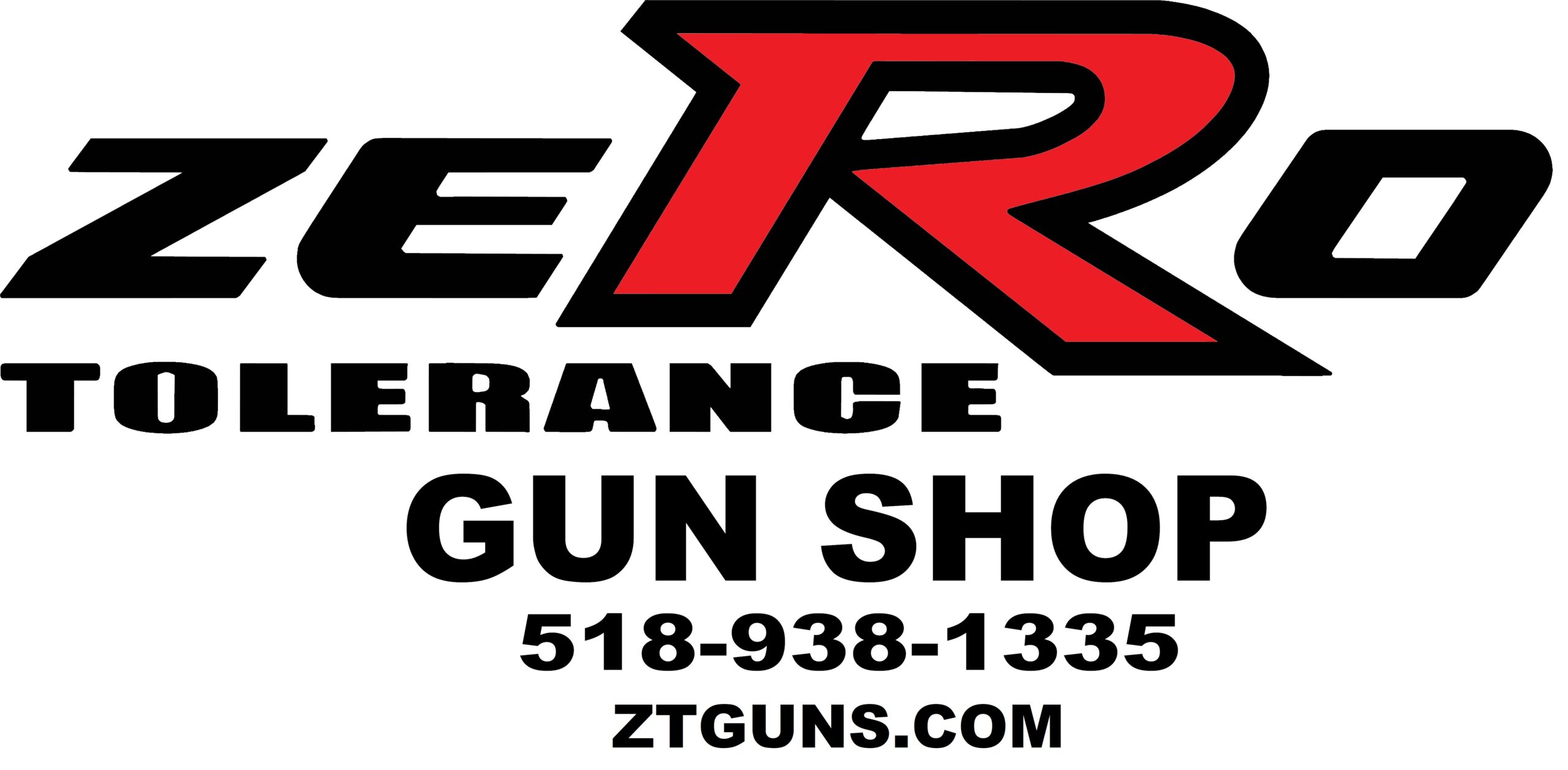
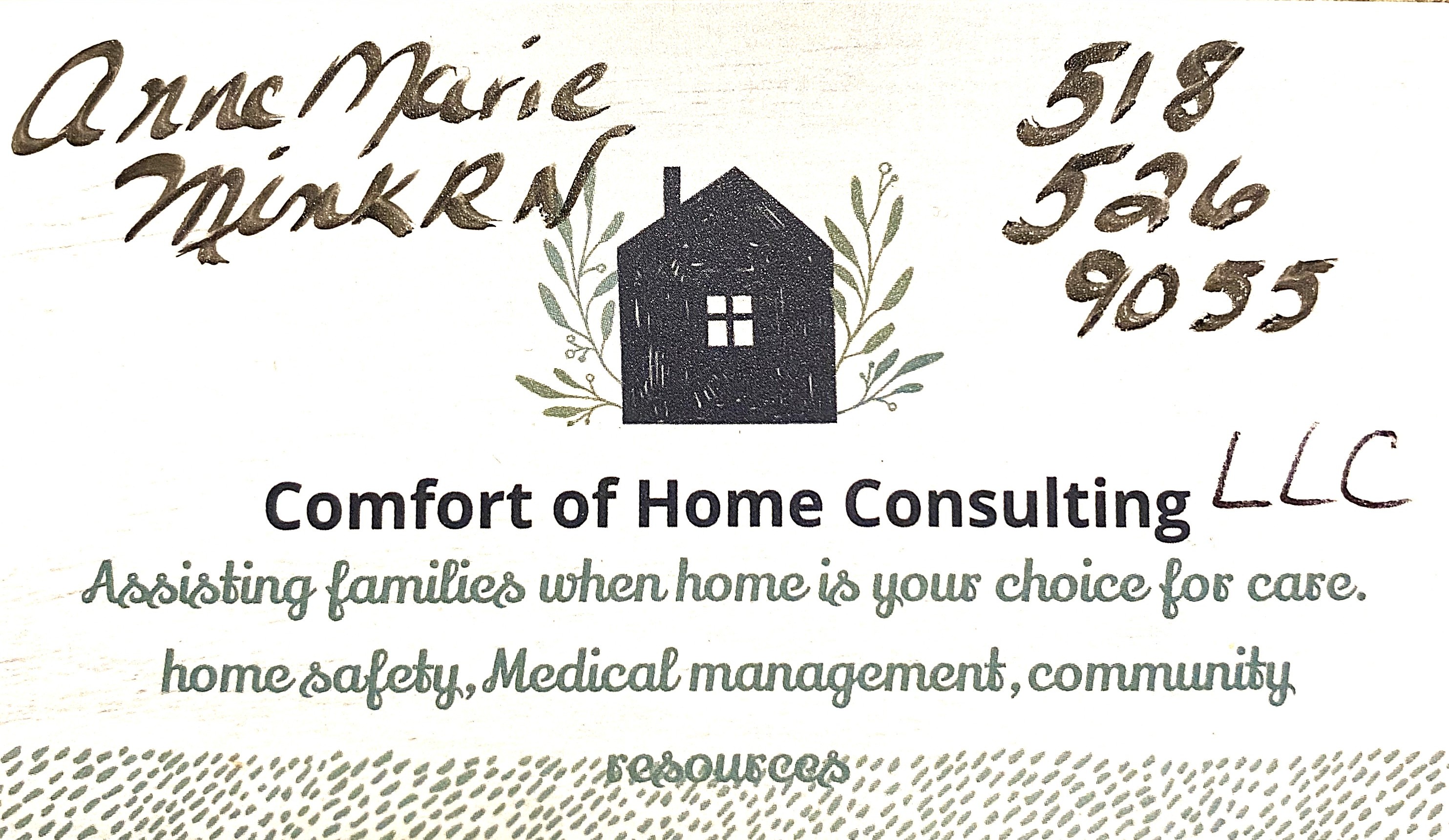
Follow Us on Facebook!